
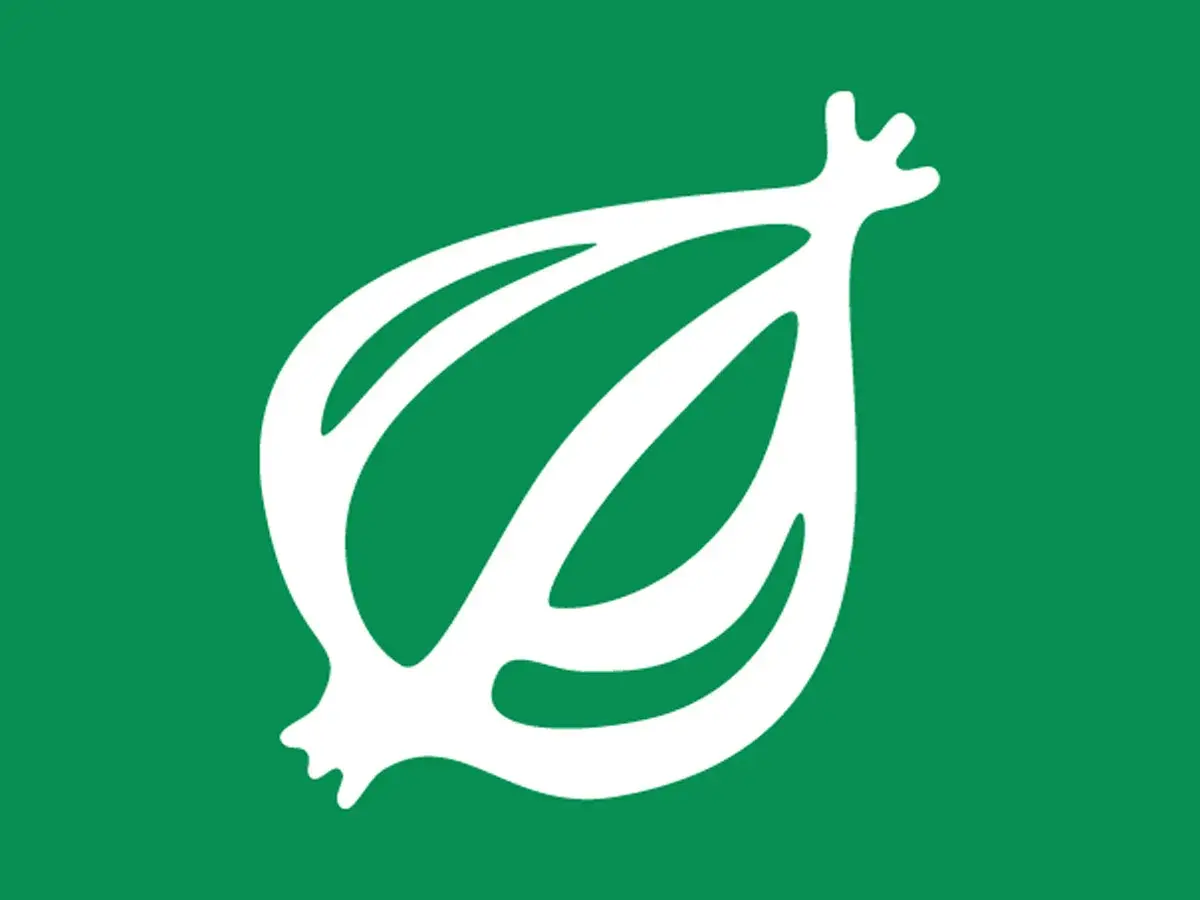
Mocking the minority of people who hold these opinions just gives them more attention than they deserve. No one relevant actually cares that the character is being played by a black actor. As always, the majority of complaining is coming from conservative trolls who take their anti-woke brigade to literally any film or TV series that has cast minorities in leading roles. It’s just the same people doing it every time, they are not actually fans of any of these things and were never going to watch them anyway.
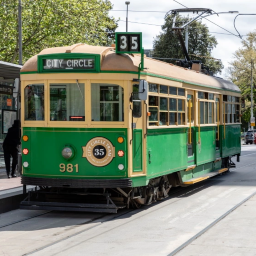






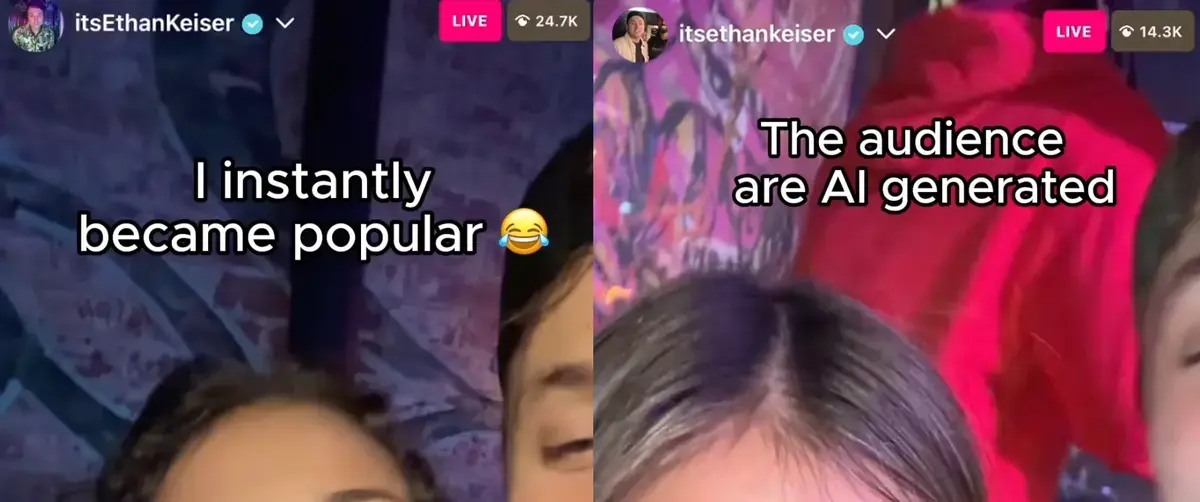
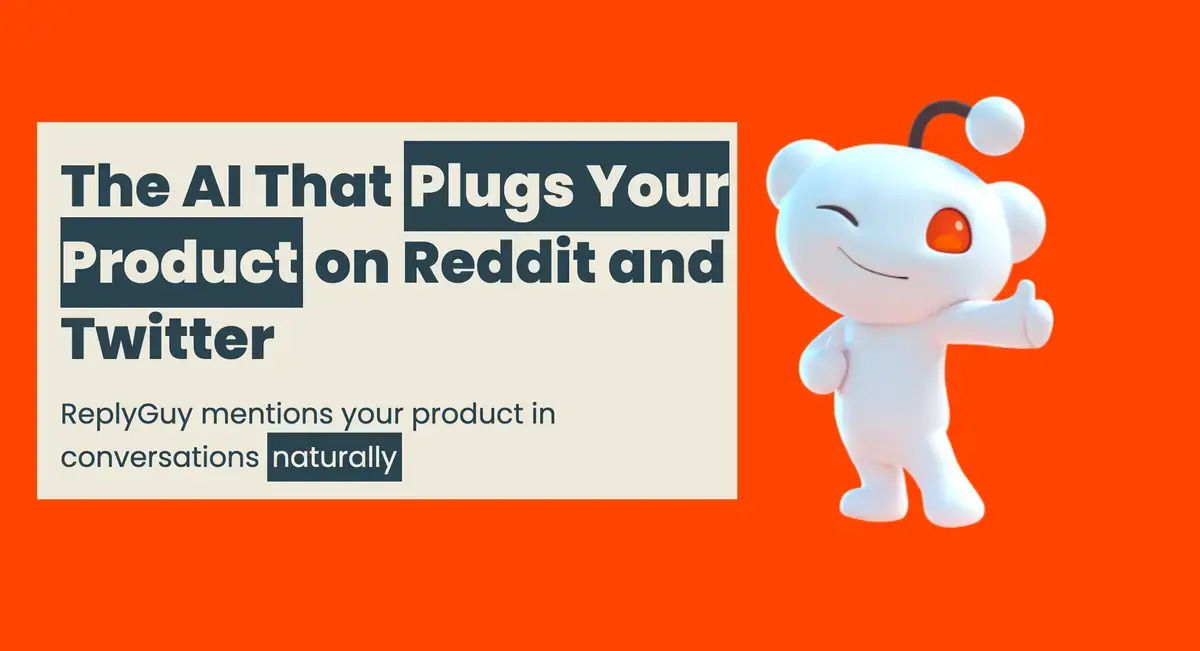


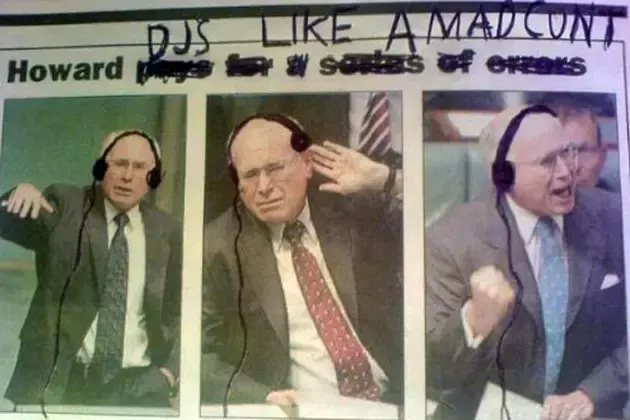

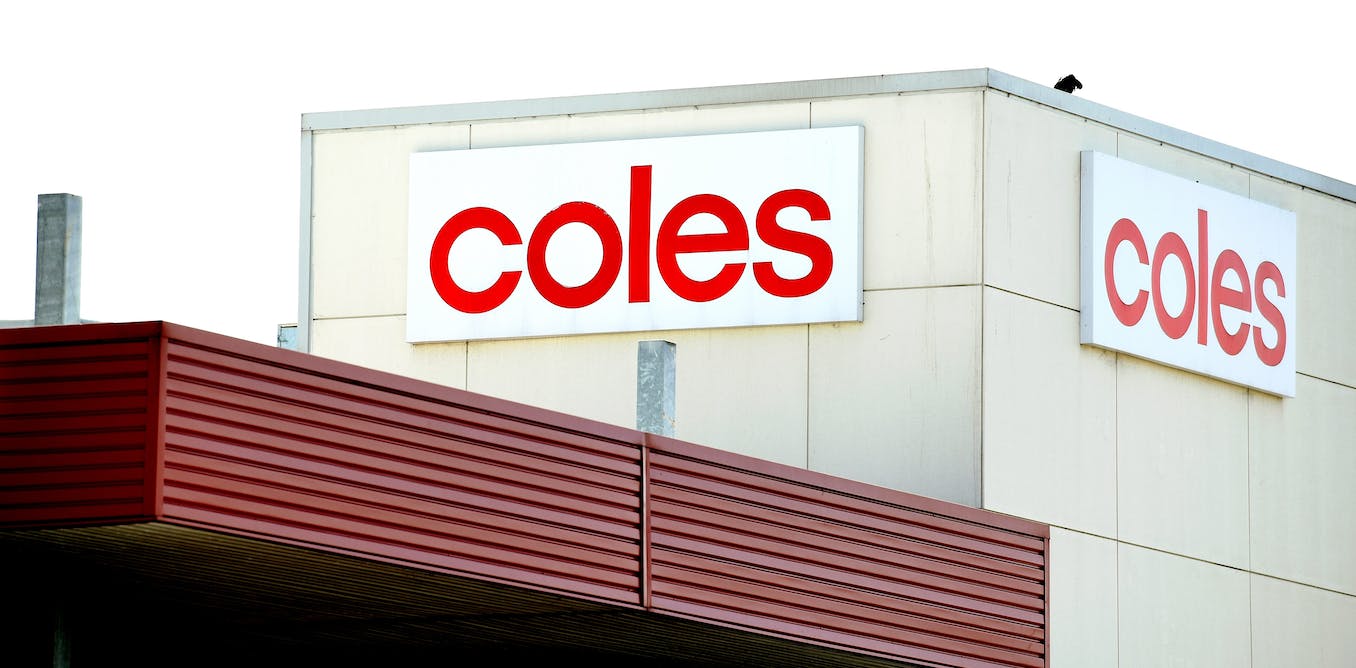
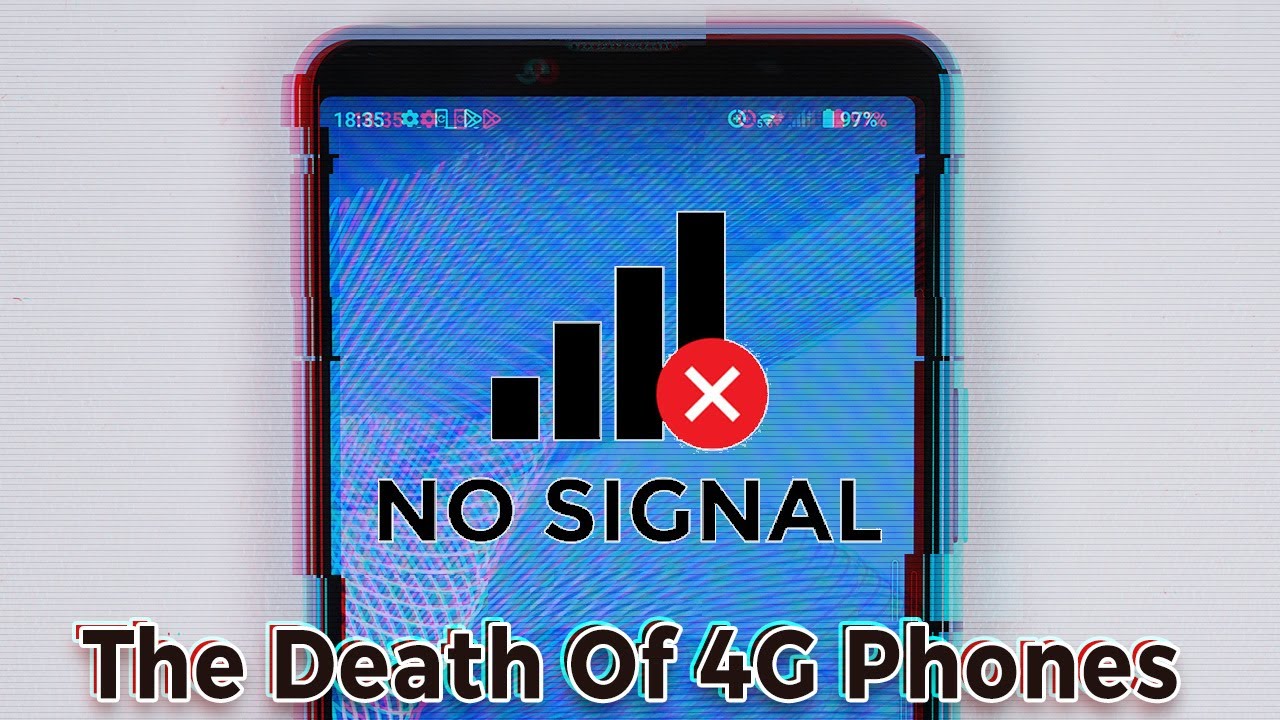




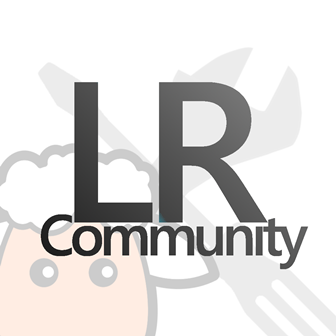



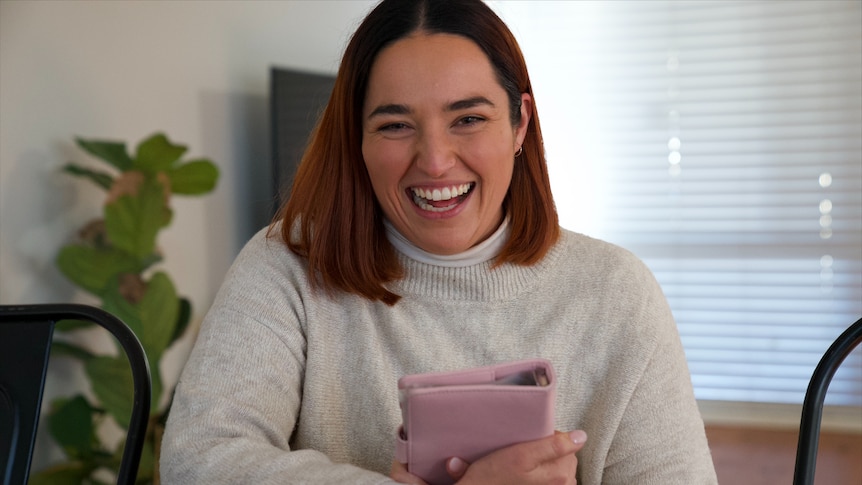

Must be nice to have the means to travel to Europe every year lol